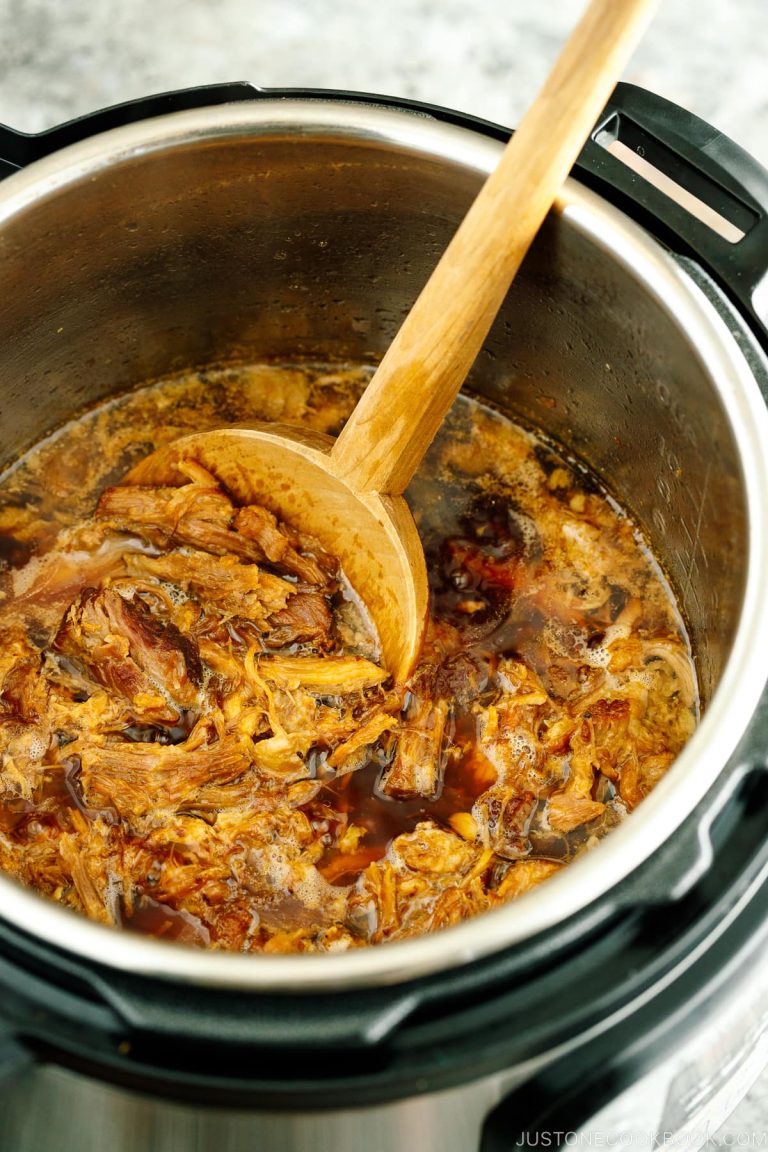Pickled Watermelon Rinds: A Delicious and Sustainable Southern Tradition
Pickled watermelon rinds have roots in Southern US cuisine. Historically, during the 19th century, communities aimed to reduce waste and maximize food resources, leading to the creation of this practice. Early recipes appeared in Southern cookbooks, often referencing a blend of sugar, vinegar, and spices.
Cultural Significance
Pickled watermelon rinds hold cultural importance in Southern US traditions. These pickles often feature in family gatherings, picnics, and holiday feasts. They represent resourcefulness and culinary creativity, showcasing how simple ingredients can transform into highly valued dishes. In some households, recipes have been passed down through generations, symbolizing familial bonds and heritage.
Health Benefits of Pickled Watermelon Rinds
Nutritional Value
Pickled watermelon rinds offer several nutritional benefits, making them a valuable addition to your diet. They contain essential vitamins and minerals, providing Vitamin C, Vitamin A, and Vitamin B6, which support immune function, vision, and metabolism. These rinds also contain a notable amount of potassium, crucial for maintaining healthy blood pressure and muscle function.
Moreover, the rinds are rich in fiber, aiding digestion and promoting a feeling of fullness, which can help with weight management. The pickle brine often contains vinegar, which has its benefits, such as improved blood sugar control.
Potential Health Effects
Incorporating pickled watermelon rinds into your meals can offer several health advantages. The antioxidants in the rinds, including lycopene and citrulline, help combat oxidative stress and reduce inflammation, potentially lowering the risk of chronic diseases.
The high fiber content not only supports digestive health but also aids in maintaining stable blood sugar levels. This can be particularly beneficial for those managing diabetes or pre-diabetic conditions. Additionally, the probiotics formed during the fermentation process of pickling enhance gut health by promoting a healthy balance of gut bacteria.
Regular consumption of pickled watermelon rinds may contribute to better hydration and electrolyte balance due to their mineral content, which is especially important during hot weather or after intense physical activity. This balance supports overall cardiovascular health and effective muscle function.
How to Make Pickled Watermelon Rinds at Home
Required Ingredients
To make pickled watermelon rinds at home, you’ll need the following ingredients:
- Watermelon rind (peeled and cut into small pieces)
- 1 cup water
- 1 cup white vinegar
- 1 cup sugar
- 2 tablespoons salt
- 1 cinnamon stick
- 4 cloves
- 2 star anise
- 1 tablespoon pink peppercorns
Step-by-Step Process
Follow these steps to make your pickled watermelon rinds:
- Prepare the Rinds: Peel the green skin from the watermelon rind. Cut the rind into bite-sized pieces, ensuring any pink flesh is removed.
- Create the Brine: Combine water, white vinegar, sugar, and salt in a medium saucepan. Add the cinnamon stick, cloves, star anise, and pink peppercorns.
- Boil the Mixture: Bring the mixture to a boil over medium heat, stirring until the sugar and salt dissolve. Once dissolved, remove the brine from the heat.
- Combine Rinds and Brine: Place the prepared watermelon rinds in a large, heat-safe jar. Pour the hot brine over the rinds, ensuring they are fully submerged.
- Cool and Refrigerate: Let the jar cool to room temperature. Seal it with a lid, then refrigerate the jar for at least 24 hours to allow the flavors to meld.
- Serve and Enjoy: After 24 hours, your pickled watermelon rinds are ready to enjoy. Use them as a tangy snack or incorporate them into your favorite dishes.
Keep your pickled rinds in the fridge and consume them within two weeks for the best quality and flavor.
Culinary Uses of Pickled Watermelon Rinds
In Salads
Add pickled watermelon rinds to salads for a unique, tangy crunch. Their flavor complements greens, tomatoes, and cucumbers. Dice the rinds and sprinkle them over mixed greens with a light vinaigrette for an added zest. Combine them with citrus fruits like oranges and grapefruit for a refreshing summer salad. For protein, mix with feta cheese or grilled chicken.
As a Condiment
Use pickled watermelon rinds as a condiment to enhance dishes. Place them on sandwiches, burgers, and hot dogs to add a sweet-tangy bite. Serve them alongside cheese and charcuterie boards for a surprising twist. Mix the pickled rinds into relish for a novel flavor addition. Include them as a garnish for grilled meats and seafood to elevate your dish.
Conclusion
Pickled watermelon rinds are more than just a creative use of leftovers; they’re a delicious and nutritious addition to your culinary repertoire. By incorporating them into your meals, you’re embracing a piece of Southern heritage and contributing to a more sustainable lifestyle. Whether you’re adding them to salads, sandwiches, or simply enjoying them as a snack, these tangy treats offer a unique flavor and a host of health benefits. So next time you enjoy a watermelon, don’t toss those rinds—pickle them and savor the taste of tradition and innovation combined.






